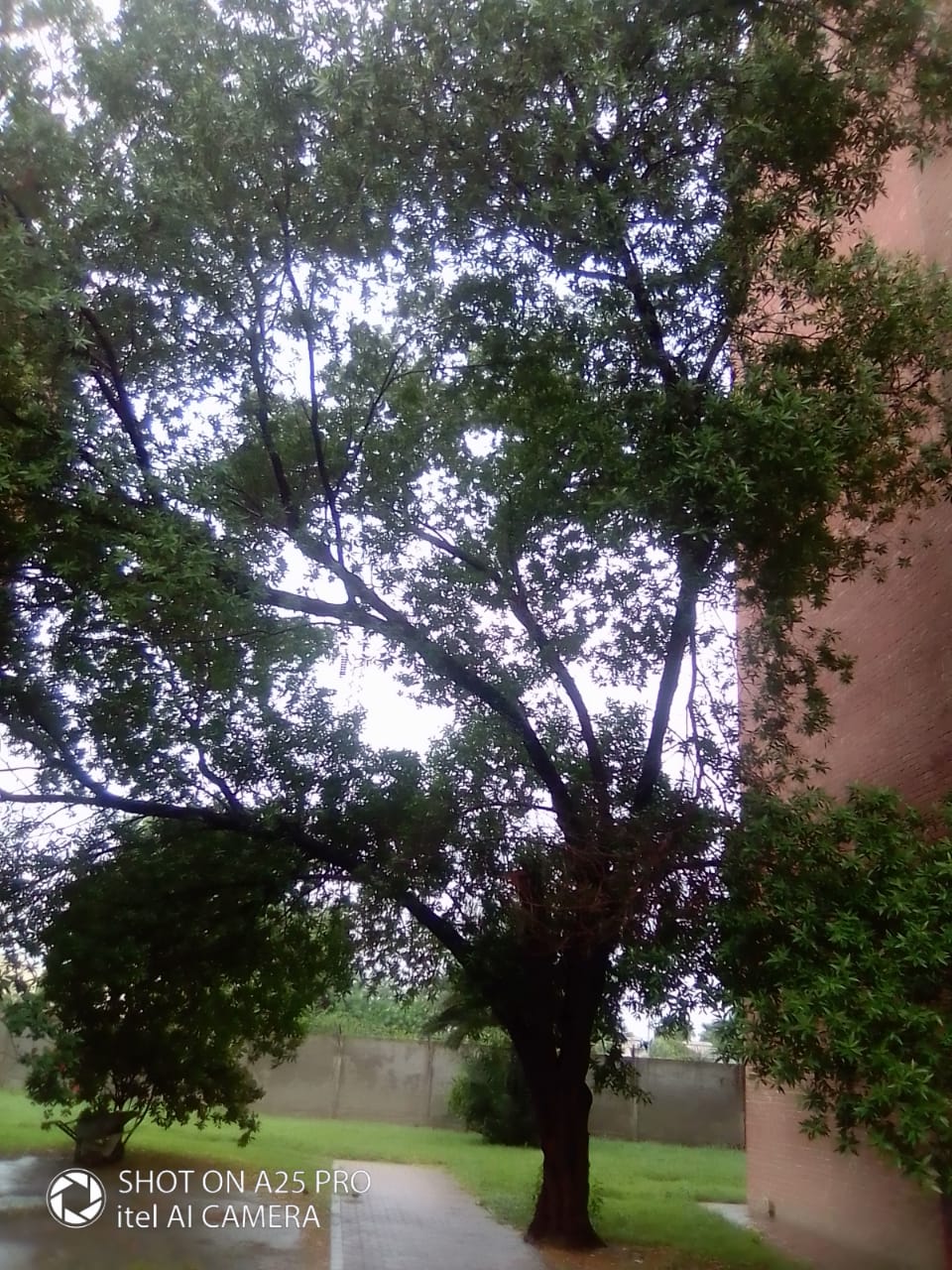Conocarpus lancifolius
Species
Families
Local Names
Genus
Native/Introduced
DNA Barcode
Description
Conocarpus lancifolius is an evergreen tree, usually growing 10 - 20 metres tall but exceptionally to 30 metres. The bole can be 90cm in diameter. The tree is harvested from the wild for local use as a medicine and source of a good quality wood and fuel. It is often cultivated in Somalia, where it is a very common street tree. Although often cultivated, in the wild the tree is restricted to the coast of Somalia. It is classified as 'Near Threatened' in the IUCN Red List of Threatened Species (2011).
A plant of the arid tropics, where it is found at elevations up to 1,000 metres. It grows best in areas where annual daytime temperatures are within the range 22 - 38°c, but can tolerate 15 - 50°c. Mature plants can be killed by temperatures of 2°c or lower. It prefers a mean annual rainfall in the range 350 - 500mm, but tolerates 250 - 600mm. requires a sunny position. Succeeds in most soils, preferring one with a light texture. Tolerates moderate levels of salt in the soil. Prefers a pH in the range 6.5 - 7.5, tolerating 6 – 9.Trees grow better in areas where there roots can find an underground source of water. A fast-growing tree, early growth of more than 2.5 metres per year has been achieved in irrigated plantations. Annual wood production potential is 5 - 10 m3/ha. Under irrigation however, optimum yields of about 21 m3/ha have been obtained.
Medicinal
A gum obtained from the tree is used to treat chest and bowel complaints.
Other Uses
The wood is durable in water. An excellent timber, it can be used for ship building. The wood provides a good fuel and a high quality charcoal can be made from it.









































































































































